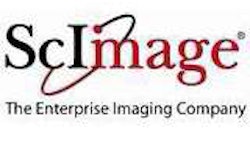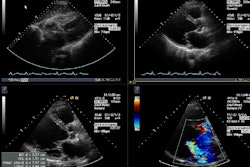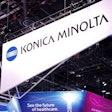Japanese cardiology PACS firm Goodman and storage firm Dax Archiving Solutions have teamed up for a PACS installation at Toyohashi Heart Center in Toyohashi, Japan.
The firms installed their DVD medical archiving package at the center, according to Goodman of Nagoya, Japan, and Dax of Haarlem, Netherlands.
By AuntMinnie.com staff writers
September 28, 2005
Related Reading
Goodman acquires LightLab, August 12, 2002
ScImage expands relationship with Goodman, March 15, 2001
Copyright © 2005 AuntMinnie.com



















